The endless advancement in technology has led to exceptional refinement in artificial intelligence (AI) and a need to connect everything with the Internet of Things (IoT). This progressive trend has given rise to integrating these two edge-cutting technologies into a new technological advancement: Artificial Intelligence of Things (AIoT).
This article addresses key questions for synerging the AIoT, such as its definition, functioning, architectural aspects, impact on enhancing IoT devices, and the features it enables in connected devices. Additionally, we will discuss its benefits and real-time implementation in various industry sectors, highlighting significant players and their commercially available technological solutions.
Unveiling the Purpose of an AIoT
Although IoT devices are used to share information to enable effective data processing, real-time decision-making, and security, they come with challenges, such as efficient data management, cloud-based storage for a large amount of IoT device data, and bandwidth constraints during data transmission from devices to the cloud.
To resolve these challenges, AI utilizes advanced machine learning (ML) algorithms and other techniques to analyze and process real-time data. Thus, AI/ML helps IoT devices learn from past actions, predict future activities, and automatically incorporate informed decisions to enhance performance, privacy, and security and ensure minimum data transmission to the cloud.
Thus, by combining AI with IoT, an intelligent system is generated. The devices communicate, collaborate, self-correct themselves, adopt new processes, continuously optimize operations to make smart decisions, and provide customized user experiences to enhance human lives.
Key Components that are Driving AIoT
AIoT is a powerful combination in which AI adds value to IoT through ML capabilities and enhanced big data computing. Similarly, IoT contributes value to AI by facilitating connectivity, signaling, and data exchange.
The components driving this technology integration are the availability of new software tools and improvements in hardware design that develop streamlined AI solutions. When integrated with the IoT, these simplified AI solutions enhance the capabilities of IoT devices and systems, enabling them to be more intelligent, efficient, and effective.
This, in turn, leads to improved productivity and security, real-time operational decision-making, reduced data transfer cost, strengthened device expansion, and predictive maintenance advancement, all contributing to an improved user experience.
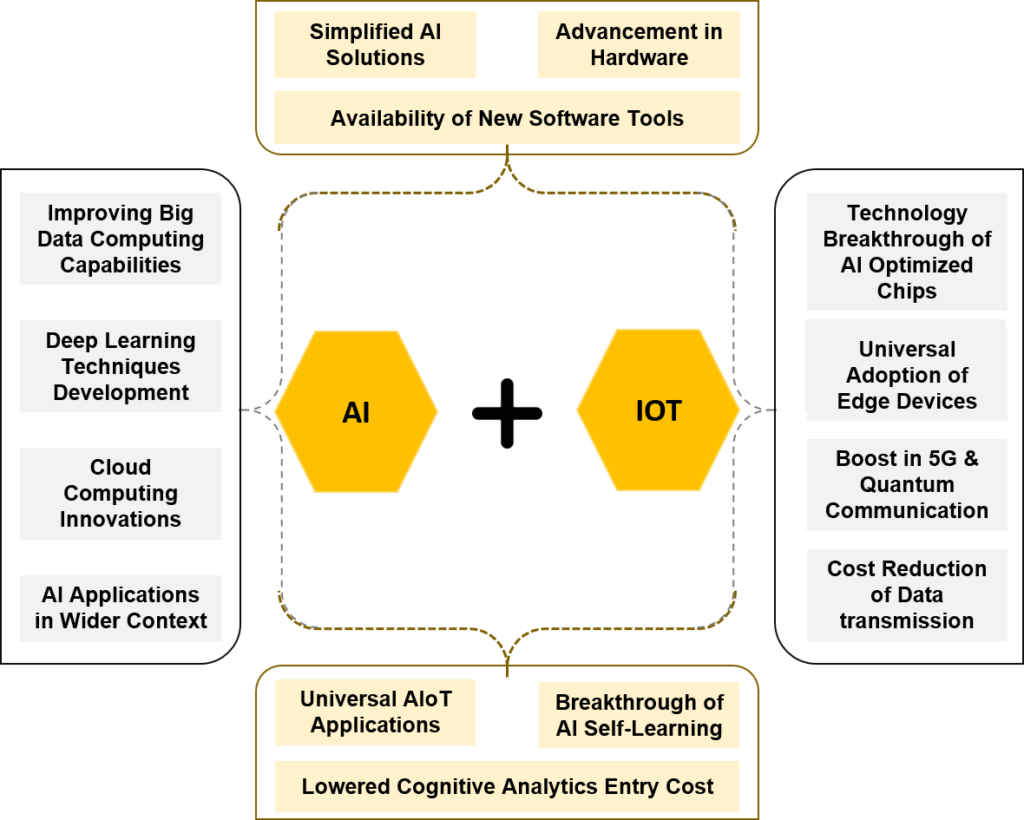
Figure 1: Key drivers for AIoT
AIoT Functions: Workflow and Architecture
- The AIoT functions in a specific manner, as briefly described below:
- The AIoT architecture collects data from the surroundings through IoT sensors and then analyses it through AI systems to enhance efficiency and productivity.
- The gathered data is analyzed and processed at the edge node to reduce the need for additional bandwidth and enable faster processing. The data is filtered, stored, buffered, and modeled at the edge node, which is to be processed further in the cloud.
- Due to the large amount of data in the cloud, data analytics is performed, such as extracting, cleansing, and managing it using advanced AI/ML techniques. The data is then stored or shared using protection techniques such as encryption.
- After the data is processed on the cloud, appropriate application programming interfaces (APIs) access the data to support uninterrupted communication among software, hardware, and platform components without user intervention.
- After data processing, machine learning algorithms help predict future activity, for example, image pattern prediction using clustering models or fault identification using anomaly detection models.
- After the predictions have been made, the actionable insights are generated, and based on them, the devices or machines take action to help the business align its goals and enhance its organizational efficiency.
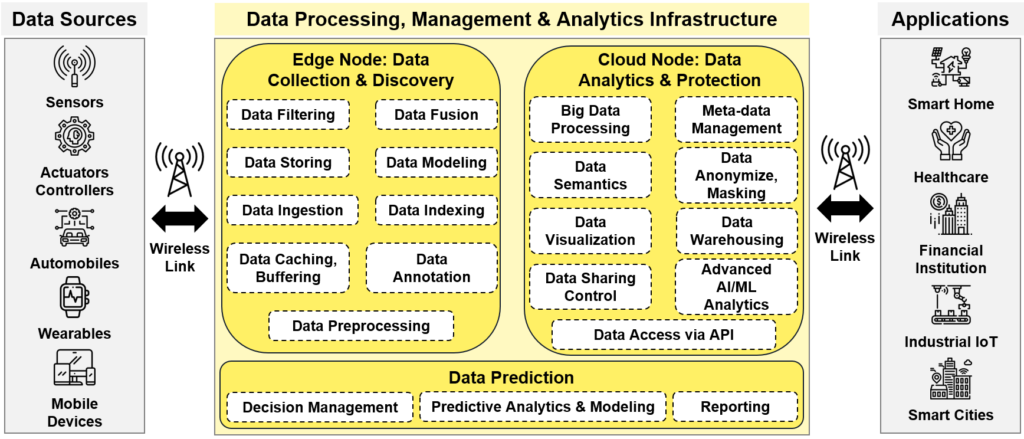
Figure 2: AIoT workflow and architecture
What are the Unmet Needs of AIoT: Open Research Challenges?
AIOT presents numerous applications that enhance daily life and offer significant convenience to humans. Despite being in its early stages, AIoT holds vast potential for the future. However, the practical deployment of AIoT faces real-world challenges, including the necessity of establishing a cooperative mode among end devices, edge servers, and the cloud. This section delves into some ongoing challenges, as shown in Figure 3, and explores potential future directions for AIoT.
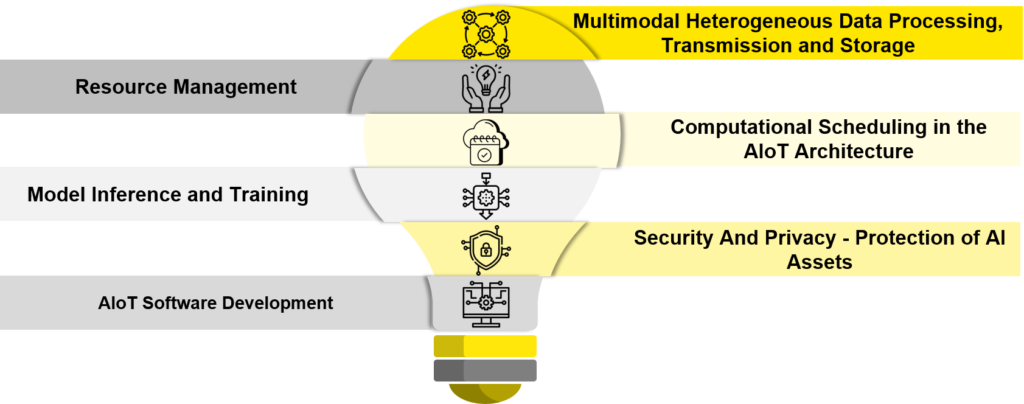
Figure 3: Open research challenges of AIoT
Future Developments
Below are some of the research initiatives presented by research institutes and companies to solve the challenges related to AIoT challenges:
Multimodal Heterogeneous Data Processing, Transmission, and Storage
The University of Sydney, Wuhan University, University Malaysia Kelantan, Aiyun Information Technology, Chinese Academy Of Sciences, Tongji University, and the University of Electronic Science and Technology of China are some of the prominent players that are actively working on identifying the solution for the device heterogeneity to foster interoperability, reduce network bandwidth, and facilitate seamless communication in the network layer to enhance the scalability and compatibility of the AIoT ecosystem.
Resource Management
The Cyber Tech Friend Co. Ltd, Muroran Institute of Technology, Wuhan University, University Malaysia Kelantan, Skyworth RGB Electronics, Binoj JS, Zhuoqin Internet Technology, Shizhi Technology, and Jiamukerui Technology are a few prominent players that are actively working on enhancing the energy efficiency of AIoT devices by minimizing the energy consumption, prolong device lifespans, and strengthen the sustainability of AIoT deployments by strategically scheduling AIoT tasks on both the edge and cloud.
Computational Scheduling in the AIoT Architecture
The Beijing University of Posts and Telecommunications, Muroran Institute of Technology, University of Sydney, Hanshin University, Qishi (Yantai) Data Technology, Chinese Academy of Sciences, ShanghaiTech University, Nanjing University, Anhui Zhongjihuineng Network Technology, Aiyun Information Technology, and SynSense Technology are some active players that are exploring the challenge of low latency and high-precision requirement to reduce network bandwidth, transmission latency, network transmission pressure and the processing delay of intelligent tasks.
Model Inference and Training
The Shoreline IoT, University of Sydney, Wuhan University, Korea Electronics Technology, University of Electronic Science and Technology of China, Inspur Scientific Research Institute, Yuke Future Intelligent Technology, and Nanhu Research Institute of Electronic Technology are a few active players that are unveiling solutions for training the AI model in parallel with all the computational tasks that are continuously performed by the AIoT devices.
Security and Privacy – Protection of AI Assets
East China Normal University, Donglian Century Technology, Wuhan University, University Malaysia Kelantan, University of Sydney, University of Electrical Science and Technology of China, Cyber-Tech Friend, Wansn Technology, and Chinese Academy of Environmental Sciences are the players that are actively working on the privacy and security challenges.
Development of AIoT Software
Zhejiang University, Skyworth Information Technology, Etone Information Technology, Advantech Embedded Software, Envision Digital, Sharp Global, Tencent Cloud, Semifive, and Falkonry are a few of the major players that are actively working on exploring the challenges related to the development and deployment of AIoT software or platform.
What are Parallel Technologies Shaping the Future?
AIOT connects various devices and leverages the power of other parallel technologies. Integration with other emerging technologies, such as edge/fog computing, blockchain, hybrid architecture, 5G, etc., is critical for making AIoT successful in industrial settings. Figure 4 below focuses on the emerging trends and technologies shaping the future of AIoT.
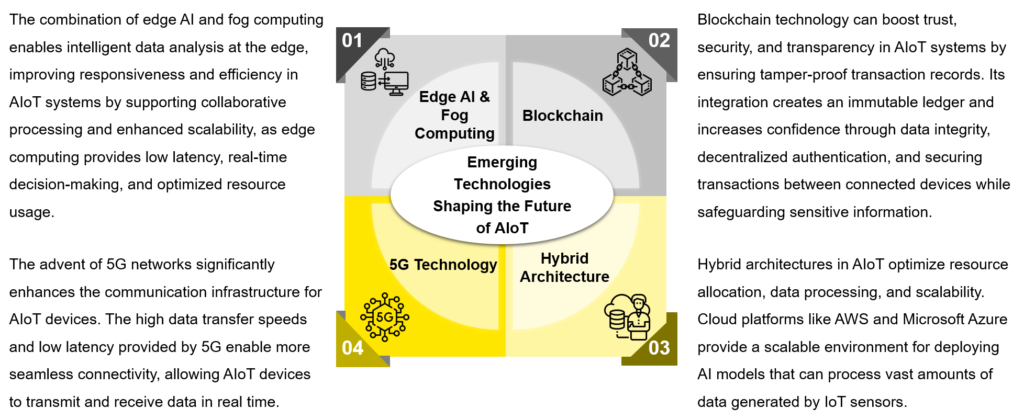
Figure 4: Parallel technologies shaping the future of AIoT
What is the Market Synopsis for AIoT-prevailing Market Activities?
The market’s dominance of AIoT is increasing rapidly due to its advantages in almost all the major application areas, such as industrial automation, autonomous vehicles, medicine, smart cities, and so on. The prominent players operating in the AIoT market are mentioned in Table 1 below.
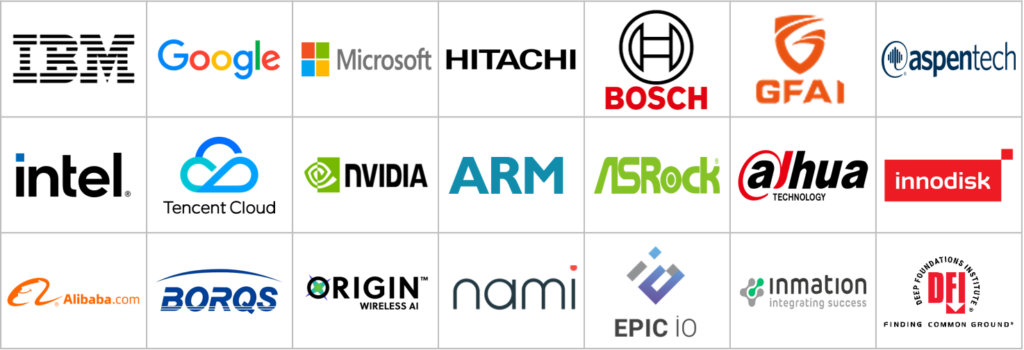
Table 1: Prominent players of AIoT
Key Industry Developments
The players focus on global expansion by introducing industry-specific solutions and gaining a solid hold on the market through strategic partnerships, acquisitions, and new product commercialization to retain their customer base. Moreover, AIoT market growth thrives due to constant investments toward R&D of product offerings. Thus, organizations maintain competitiveness in the market by adopting such corporate strategies. Table 2 showcases the prominent market strategies of the key players.

Table 2: AIoT prominent players’ market activities
Future of AIoT Technology
The combination of AIoT is changing how the way we live and work. AIoT has the potential to revolutionize industries such as industrial automation, medical, logistics, mining, oil and gas, and renewables and is shaping the quality of life for people worldwide. The applications of AIoT are vast and varied, such as from smart homes to wearables, as it streamlines operations and improves efficiency and customer satisfaction. The AIoT is gaining recognition from key players worldwide for its ability to improve efficiency and productivity while reducing costs.
Due to advancements in AI/ML algorithms and cybersecurity measures, the implementation or utilization of IoT has become more secure, and so have the growth opportunities for AIoT.
For example, in the near time, we can see the implementation of AIoT in robots and self-driving cars using edge computing technology, in natural language processing (NLP) and online payment voice authentication using voice AI, or lastly, in edge video analytics and super 8K resolution using the vision AI.